Phone Comparisons: OnePlus 13 Vs Samsung Galaxy S25+
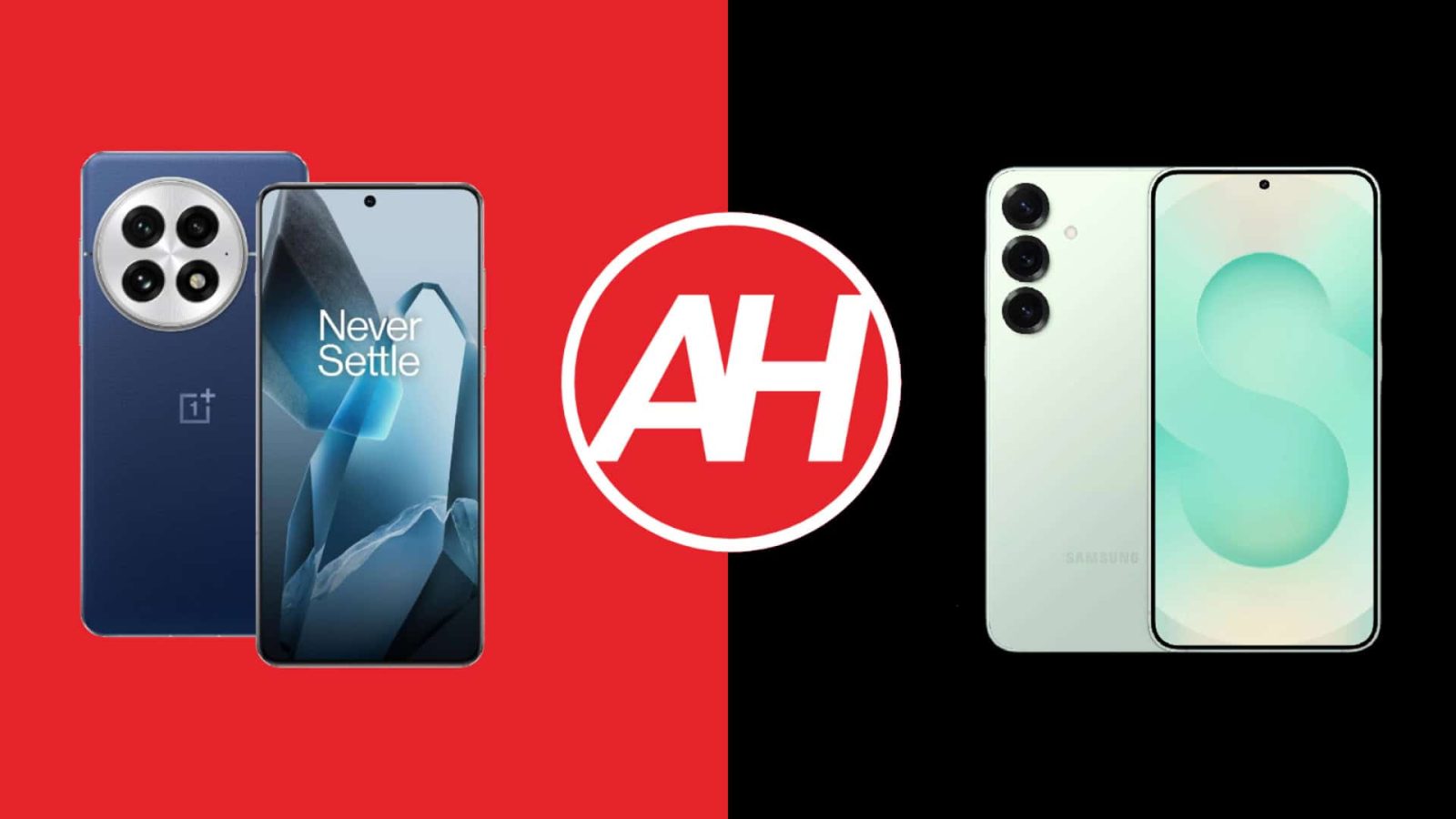
Contents
In this article, we’ll be comparing high-end devices from OnePlus and Samsung. To be more accurate, we’ll compare the OnePlus 13 vs Samsung Galaxy S25+. The OnePlus 13 is the most powerful smartphone OnePlus has to offer, while the Galaxy S25+ is a step below the most powerful phone Samsung is offering. Why are we comparing these two? Well, because they fit each other price-wise. That’s one of the reasons, they compete with each other in a number of ways.
The Galaxy S25+ may be a step below the Galaxy S25 Ultra, but it’s still a high-end device and a member of the flagship series. We’ll first lay out the spec sheets of both smartphones and will then move to compare them across a number of categories. We’ll be comparing their designs, displays, performance, battery life, cameras, and audio output. With that being said, let’s get down to it, shall we?
Specs
OnePlus 13 vs Samsung Galaxy S25+, respectively
– Screen size:
6.82-inch LTPO AMOLED (micro quad-curved aka flat, 120Hz, HDR 10+, 4,500 nits max)
6.7-inch Dynamic AMOLED 2X (flat, 120Hz, 2,600 nits max brightness)
– Display resolution:
3168 x 1440
3120 x 1440
– SoC:
Qualcomm Snapdragon 8 Elite
Qualcomm Snapdragon 8 Gen Elite for Galaxy
– RAM:
12GB/16GB/24GB (LPDDR5X)
12GB (LPDDR5X)
– Storage:
256GB/512GB/1TB (UFS 4.0)
256GB/512GB (UFS 4.0)
– Rear cameras:
50MP (f/1.6 aperture, 23mm lens, 1.12um pixel size, Dual Pixel PDAF, OIS), 50MP (ultrawide, 15mm lens, 120-degree FoV, f/2.0 aperture, 0.64um pixel size, PDAF), 50MP (periscope telephoto, 0.8um pixel size, OIS, PDAF, 3x optical zoom)
50MP (wide, f/1.8 aperture, 1/1.56-inch sensor, OIS, Dual Pixel PDAF), 12MP (ultrawide, 120-degree FoV, f/2.2 aperture, 1/2.55-inch sensor, 1.4um pixel size), 10MP (telephoto, f/2.4 aperture, OIS, PDAF, 1/3.94-inch sensor, 3x optical zoom)
– Front cameras:
32MP (f/2.4 aperture, 0.8um pixel size)
12MP (wide, f/2.2 aperture, Dual Pixel PDAF, 1/3.2-inch sensor size, 22mm lens)
– Battery:
6,000mAh
4,900mAh
– Charging:
100W wired, 50W wireless, reverse wireless, reverse wired (charger not included)
45W wired, 15W wireless, 4.5W reverse wireless (charger not included)
– Dimensions:
162.9 x 76.5 x 8.5/8.9 mm
158.4 x 75.8 x 7.3 mm
– Weight:
210/213 grams
190 grams
– Connectivity:
5G, LTE, NFC, Wi-Fi, USB Type-C, Bluetooth 5.4
– Security:
In-display fingerprint scanner (ultrasonic) & facial scanning
In-display fingerprint scanner (ultrasonic) & facial scanning
– OS:
Android 15 with OxygenOS 15
Android 15 with One UI 7
– Price:
$899+
$999.99+
– Buy:
OnePlus 13 (Best Buy)
Samsung Galaxy S25+ (Samsung.com)
These two smartphones are both made out of aluminum and glass. Well, one variant of the OnePlus 13 does have vegan leather on the back, the blue model. That is also the grippiest variant of the phone. Both of these smartphones have a flat frame all around, with slightly rounded edges. They both also have a centered display camera hole up top and flat displays. The implementation of those displays is notably different, though.
The OnePlus 13 has a quad micro-curved display. In other words, the glass on top of the display is slightly curved on all sides. The display itself is flat. Samsung’s handset has flat glass on top of its display. The back sides are proportional. OnePlus opted for a quad micro-curved display, while Samsung opted to keep things flat back there too. Both smartphones have power/lock and volume up and down buttons on the right. OnePlus’ phone also has an alert slider on the left-hand side.
If we flip them over, you’ll notice even more differences. The OnePlus 13 has a camera oreo in the top-left corner, with three cameras. The Galaxy S25+ includes three separate camera islands, which are vertically-aligned in the top-left corner. The OnePlus 13 is a bit taller, wider, and thicker than the Galaxy S25+. It’s also around 20 grams heavier than Samsung’s offering. That’s not all that surprising considering that it has a larger display.
The OnePlus 13 does come with better water and dust resistance, as it’s both IP68 and IP69 certified. The Galaxy S25+ includes an IP68 certification. Both smartphones do feel great in the hand.
OnePlus 13 vs Samsung Galaxy S25+: Display
The OnePlus 13 features a 6.82-inch LTPO 4.1 AMOLED display. That panel is flat, and it has curved glass on top of it. This panel can show up to 1 billion colors and has an adaptive refresh rate of up to 120Hz. Dolby Vision is supported, as is HDR10+ content. HDR Vivid is also on offer, while the peak brightness here is 4,500 nits, in theory. The display aspect ratio is at around 91%, while the resolution is 3168 x 1440. The Ceramic Shield glass protects this panel.

The Galaxy S25+, on the flip side, includes a 6.7-inch Dynamic LTPO AMOLED 2X display. This display is flat, and it has an adaptive refresh rate of up to 120Hz. HDR10+ content is supported, and the peak brightness is at 2,600 nits. The screen-to-body ratio is at around 92%, while the display aspect ratio is 19.5:9. Corning’s Gorilla Glass Victus 2 is placed on top of the display in order to protect it.
Both of these panels are really great, actually. They’re vivid, have great viewing angles, and good touch response. The blacks are also as deep as you’d expect them to be on good OLED panels. The OnePlus 13’s display does get brighter when needed, though, while it also has the advantage of offering high-frequency PWM dimming unlike the Galaxy S25+. The vast majority of people will be happy with either of these two panels, though.
OnePlus 13 vs Samsung Galaxy S25+: Performance
The Snapdragon 8 Elite fuels the OnePlus 13. That is Qualcomm’s best chip at the moment, a 3nm processor. It is paired with up to 16GB of LPDDR5X RAM (up to 24GB in China) and the phone utilizes UFS 4.0 flash storage. Do note that the storage is not expandable, though. The Galaxy S25+ is fueled by the Snapdragon 8 Elite for Galaxy, an overclocked version of the Snapdragon 8 Elite. Samsung also included 12GB of LPDDR5X RAM and UFS 4.0 flash storage is used.
Both of these phones deliver great performance across the board. They’re very snappy during daily use. That goes for everything you do on them, ranging from opening apps and consuming multimedia, to multitasking and processing images and video. In fact, getting either of these phones to slow down is a chore, which is a testament to both their hardware and the optimization that the two companies handled.
What about gaming? Well, both devices are great in that aspect as well. They can handle basically any game you throw at them, even the most demanding ones in the Google Play Store. They do get quite warm after longer gaming sessions, but that’s not something that should worry you. Neither phone managed to overheat or anything like that, nor was it too hot to hold. The performance was great.
OnePlus 13 vs Samsung Galaxy S25+: Battery
OnePlus’ handset has a 6,000mAh silicon-carbon battery on the inside. Samsung opted for a regular Li-Ion 4,900mAh battery for the Galaxy S25+. Samsung is a bit behind in that regard, as silicon-carbon batteries enable OEMs to use larger capacities without enlarging the battery size itself. With that being said, both smartphones offer outstanding battery life. No, the Galaxy S25+ does not beat the OnePlus 13, but it puts up a good fight.
That phone did worse than the OnePlus 13 in both our battery drain test and in general use. Considering that the OnePlus 13 offers notably more battery capacity, and the fact that it offers some of the best battery life we’ve seen in a flagship, that’s not necessarily a negative for the Galaxy S25+. That phone still offers great battery life, and can easily get you through the day and then some. Even if you’re a power user, actually. We’ve been able to get truly high screen-on times with both phones, especially with the OnePlus 13.
When it comes to charging, the OnePlus 13 is the winner. It supports 100W wired, 50W wireless, 10W reverse wireless, and 5W reverse wired charging. The Galaxy S25+ offers 45W wired, 15W wireless (Qi2 Ready), and 4.5W reverse wireless charging. Neither phone includes a charger in the box, at least when it comes to their global variants.
OnePlus 13 vs Samsung Galaxy S25+: Cameras
Both of these smartphones have three cameras on the back. Their setups are quite different, though. The OnePlus 13 includes a 50-megapixel main camera (1/1.43-inch sensor), along with a 50-megapixel ultrawide camera (1/2.75-inch sensor, 120-degree FoV), and a 50-megapixel periscope telephoto camera (1/1.95-inch sensor, 3x optical zoom). Hasselblad is also a part of the camera story here.

The Samsung Galaxy S25+, on the other hand, has a 50-megapixel main camera (1/1.56-inch sensor). That camera is backed by a 12-megapixel ultrawide unit (1/2.55-inch sensor, 120-degree FoV), and a 10-megapixel telephoto camera (1/3.94-inch sensor, 3x optical zoom). As you can see, Samsung’s handset doesn’t even have a periscope telephoto camera on the back.
When it comes to camera quality, we preferred shots from the OnePlus 13, almost universally. They ended up looking closer to real life while being more balanced at the same time. The Galaxy S25+ tended to oversaturate some shots, while others were either overexposed or underexposed. It seems like Samsung still has some work to do in terms of optimization. The OnePlus 13 also seemingly delivered more detail, that goes for both daytime and nighttime shots.
Zoom shots were easily of a better quality from the OnePlus 13, which is not all that surprising considering the quality of the sensor. Hasselblad did play a notable part as well, as the colors the OnePlus 13 provides are outstanding. It’s time for Samsung to upgrade the camera hardware on its vanilla and ‘Plus’ models at the very least.
Audio
Both smartphones include stereo speakers. Those speakers are well-balanced, and both sets are more than loud enough. The sound quality coming from them is also more than good enough.
Neither phone includes an audio jack, though. You can always utilize their Type-C ports if you need them, for your wired headphones. If not, both smartphones do support Bluetooth 5.4 for wireless connectivity.
What’s your reaction?
Love0
Sad0
Happy0
Sleepy0
Angry0
Dead0
Wink0

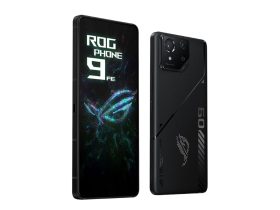
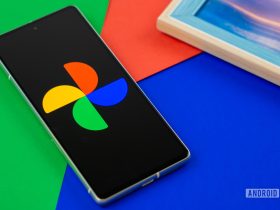
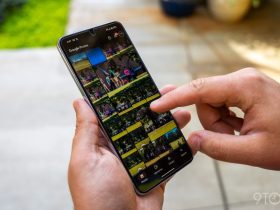
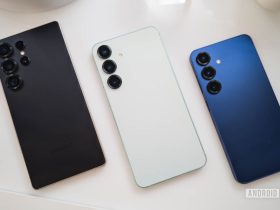

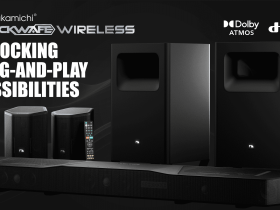
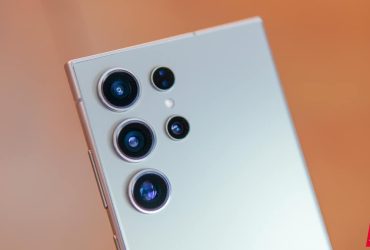
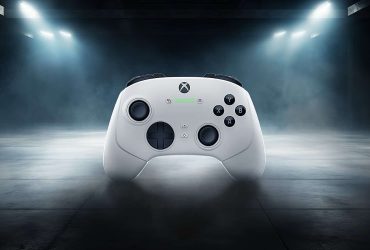
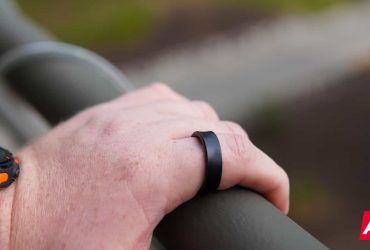
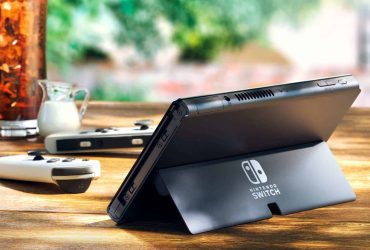
Leave a Reply
View Comments